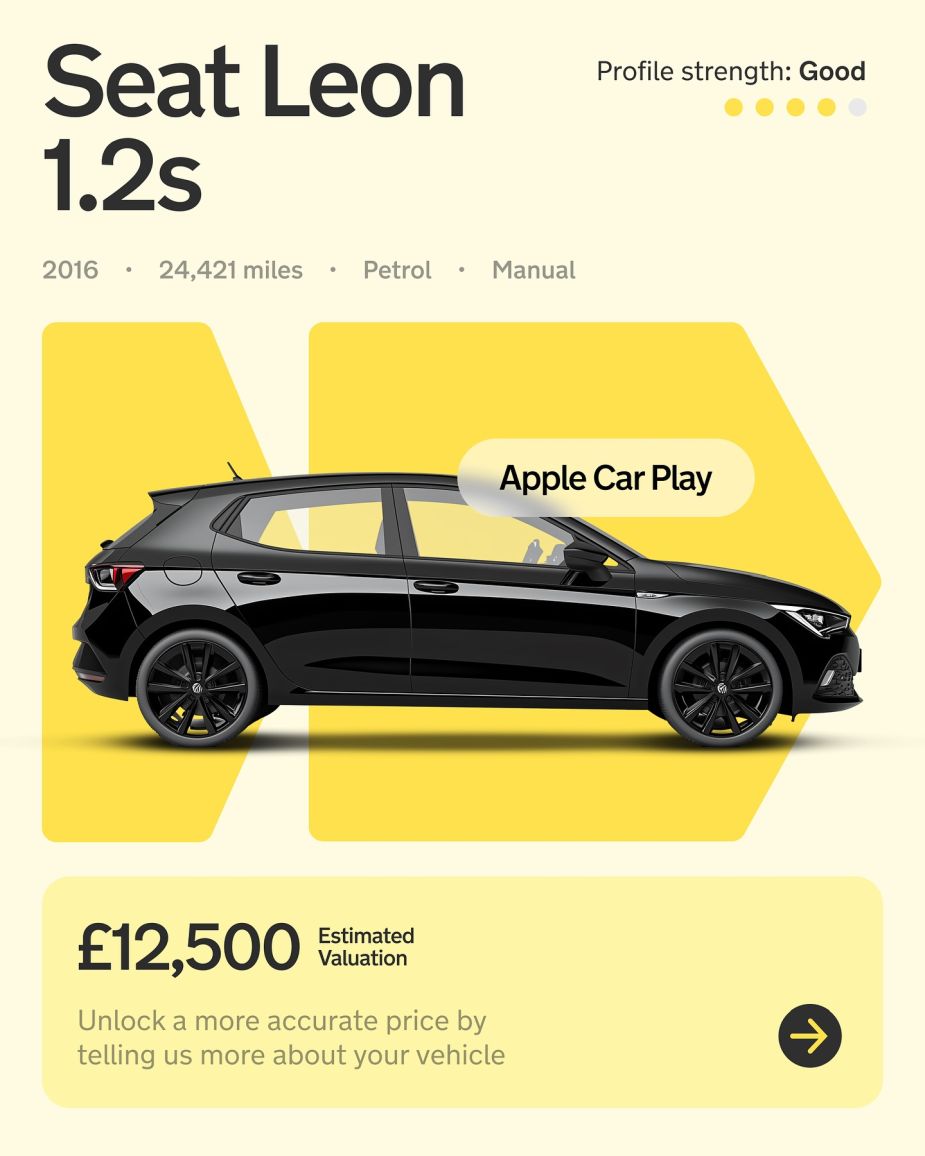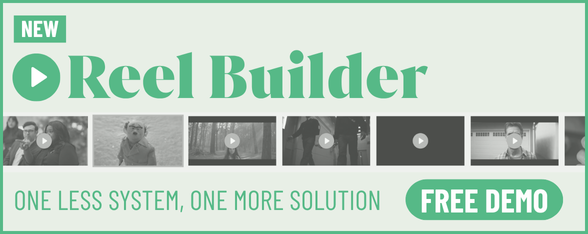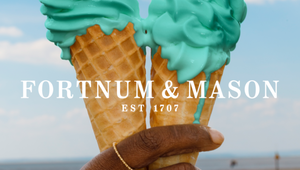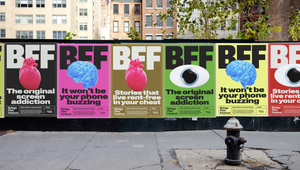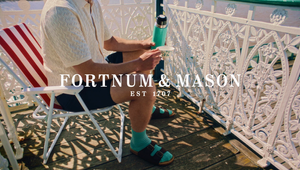
Marrying the Unexpected with the Commercially Viable: Rosie Pearmain’s Pursuit of High-Quality Work
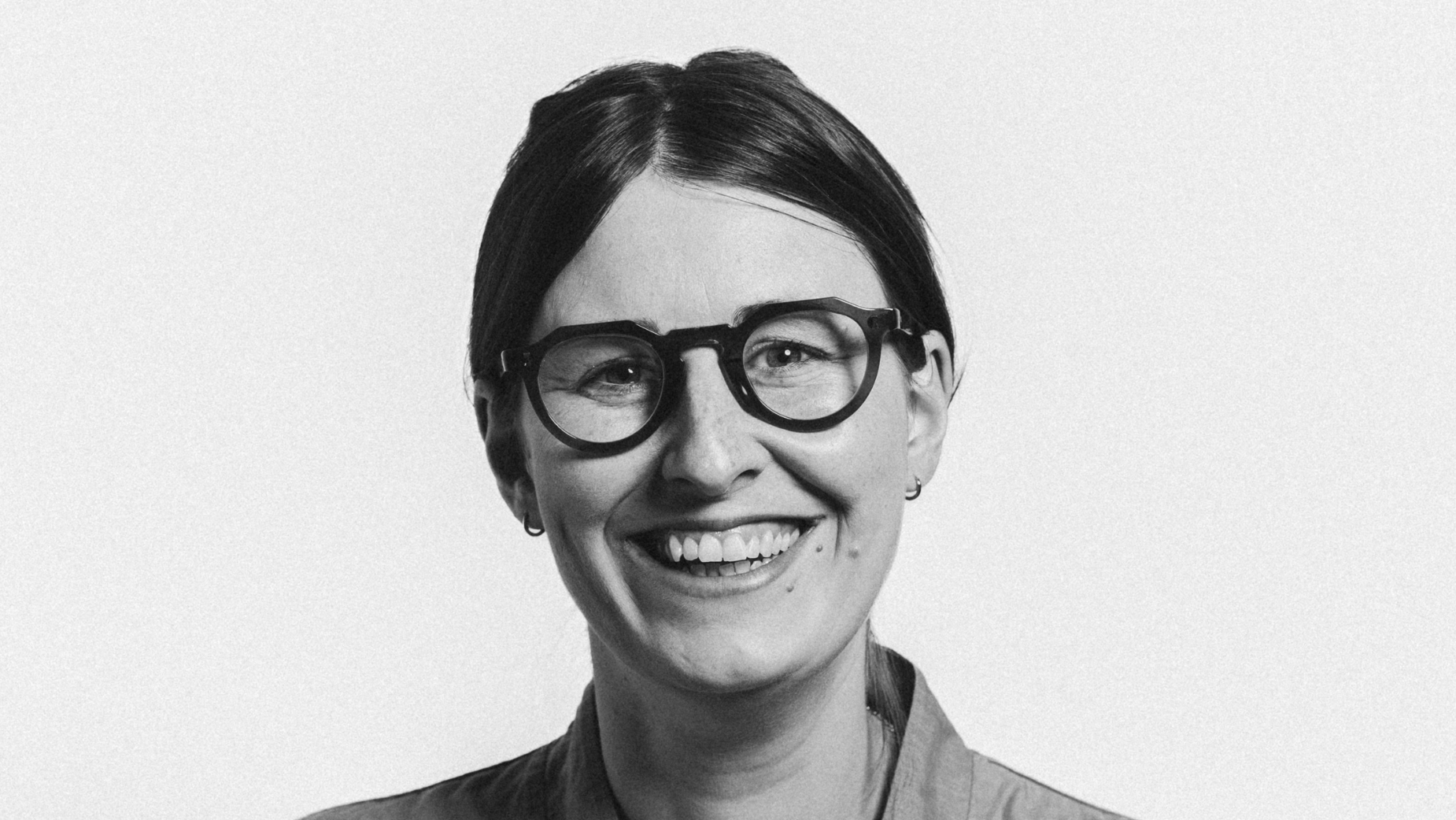
Rosie Pearmain is the head of design at Otherway, a design and communications agency based in London and New York. Her work has included a recent brand refresh for Motorway, and retail and hospitality offerings, Farm Shop, and Base Hall in Hong Kong.
She recently sat down with LBB to look back on 10 years at Otherway, perfecting her craft, and her advice to the next generation of designers…
LBB> Tell us about your current role and design specialism(s)?
Rosie> In this role, I lead the direction of our 20-person design team, with the role split between two areas.
The first is a focus on ensuring the standard of our design work is as high as possible. We make sure to marry the unexpected with the commercially viable and bring our clients into our process in exciting and engaging ways. I also work closely with our strategy department to ensure clarity between their work and ours.
The second part of the job is the management and growth of the team, refining our processes, and helping with the overall running of the agency.
The two areas of the job are massively blended together, but can feel quite different in output. I try to bring a creative outlook to this second part as much as I can, as I believe it has a big role to play in the successful running of any business.
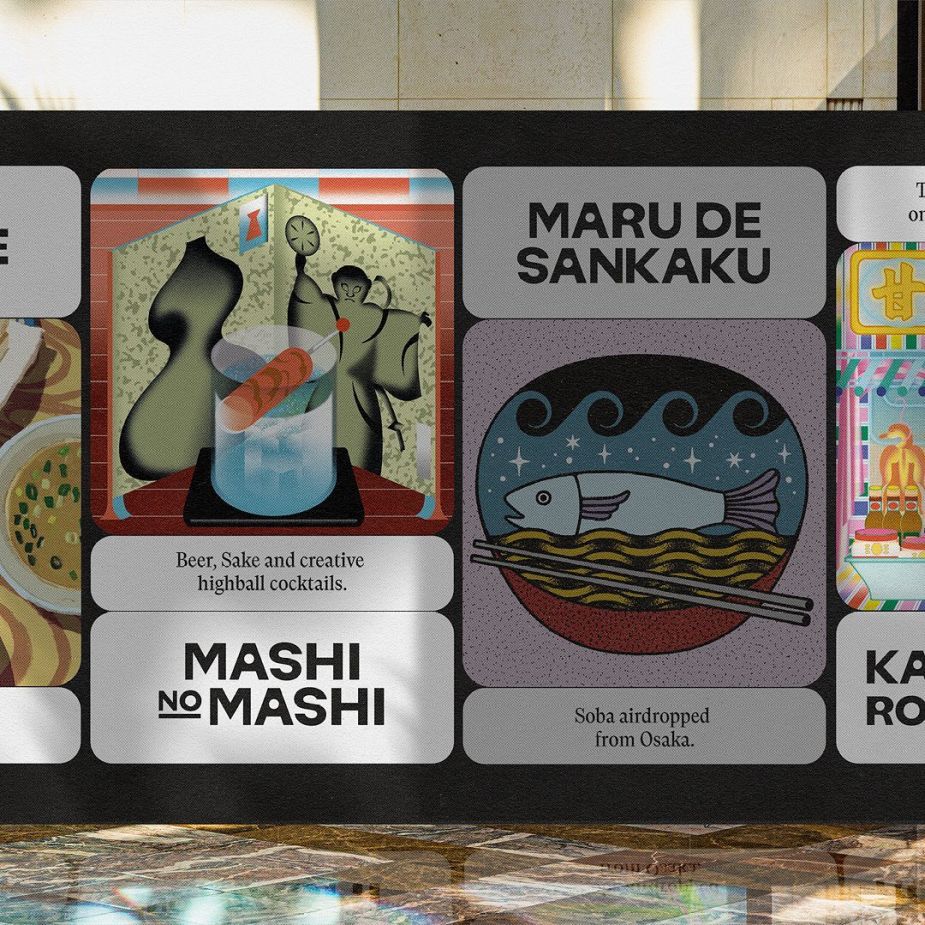
LBB> What drew you to design in the first place, and how has your design career evolved?
Rosie> I was an introverted kid who was happiest spending hours drawing and making. I knew I wanted to be a graphic designer from around 14 years old. The silver lining of attending a pretty crappy high school was that it offered a Design BTEC, so this, paired with an Art A level, meant I got going on specialising in graphic design from a fairly young age.
I loved the marriage of conceptual thought and craft that graphic design requires, so from that point on, I’ve always tried to honour an ideas-first approach to creativity.
The university offered me a chance to really expand on my thinking. I went to the London College of Communication, then, when I graduated, I worked my way around a few very small agencies.
These years of junior design experience gave me a great foundation in typography and taught me the value that craft can have in elevating a great idea. It’s when these two things come together that you get to greatness, a value I’ve cherished ever since.
The last 10 years at Otherway have given me a lesson in how a branding agency grows and evolves in response to cultural shifts.
LBB> What aspects of design do you get really nerdy about personally?
Rosie> These days, my nitpicking mostly goes into details of the thinking. Does it make sense? Is this actually interesting? How can we refine the idea to make it as simple yet as big as possible?
Having said that, the details and refinement of the smallest of design decisions mean a lot to me, and I like to try to be close enough to the work to keep an eye on this.
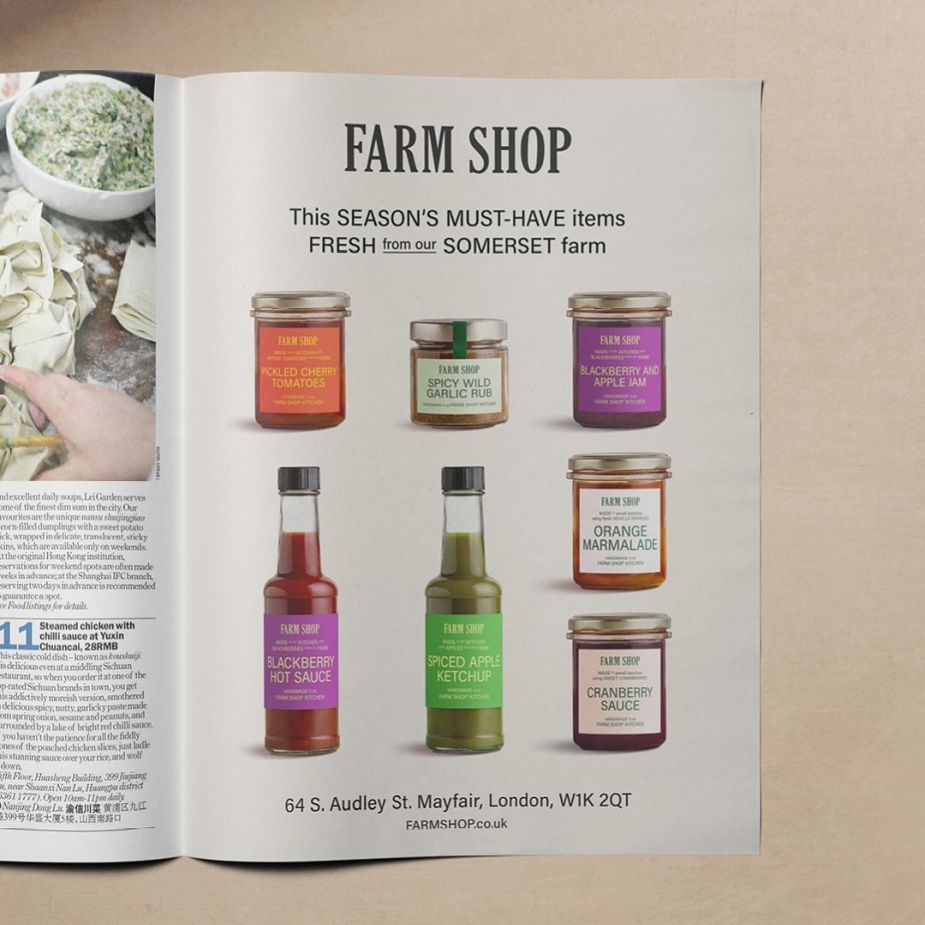
LBB> There are so many new design tools out - what tools do you like to use and why? (whether digital platforms or old-fashioned pen and paper!)
Rosie> It might seem obvious, but anything that aids collaboration in the design process is a winner for me. Figma is obviously the main one.
Pen and paper have been replaced by notes on my phone or laptop. Thoughts usually come most freely when I have space to think, so my phone notes are filled with writing from the train commute. There is probably a better way to do this, but it works fine for me.
LBB> Design Thinking - thoughts?
Rosie> Design thinking is a way to find your path to the interesting yet viable. It can easily get overcomplicated or be too simplified or shallow, so it’s a fine balance to get right each time. I think it’s the foundation for great work done efficiently.
Done well, it buys trust. Done badly, it can confuse the process.
What’s important is you find your own way to do it. It’s about navigating your own mind and, as we’re all unique, you need to know how to make that work best for you.
LBB> Accessible design is an increasingly prominent topic - from your experience, what are the most challenging facets of accessible design? And what does best practice in accessible design in your particular design specialism look like?
Rosie> For us, this mostly comes up in the digital experience, ensuring colours and fonts meet the right guidance. But it’s also an approach you can take to wider design decisions and questions. How is the end user going to experience this? What’s actually useful for them to understand this with ease?
Often, accessible design is seen as something that limits potential, when in reality, it pushes us to be more empathetic in our approach. I think this is one example of how boundaries and limits can actually be really good for the creative process, guiding us to make choices that are genuinely helpful.

LBB> Who are your design heroes and why?
Rosie> Not a graphic designer, but his philosophies are transferable in approach: Dieter Rams. Design less but better. The visual beauty in reduction, yet a proper understanding of how, when something is used together, it creates a genuine impact on many lives.
LBB> Thinking of people at the beginning of their career, what advice would you give them for navigating this constantly changing field?
Rosie> Care about more than just design. Be interested in the world, in culture, art, films, politics, and society. Be curious as to how and why things are changing and how that impacts what you do and the design decisions you make. Attention to detail, married with a genuine point of view, will take you far.
